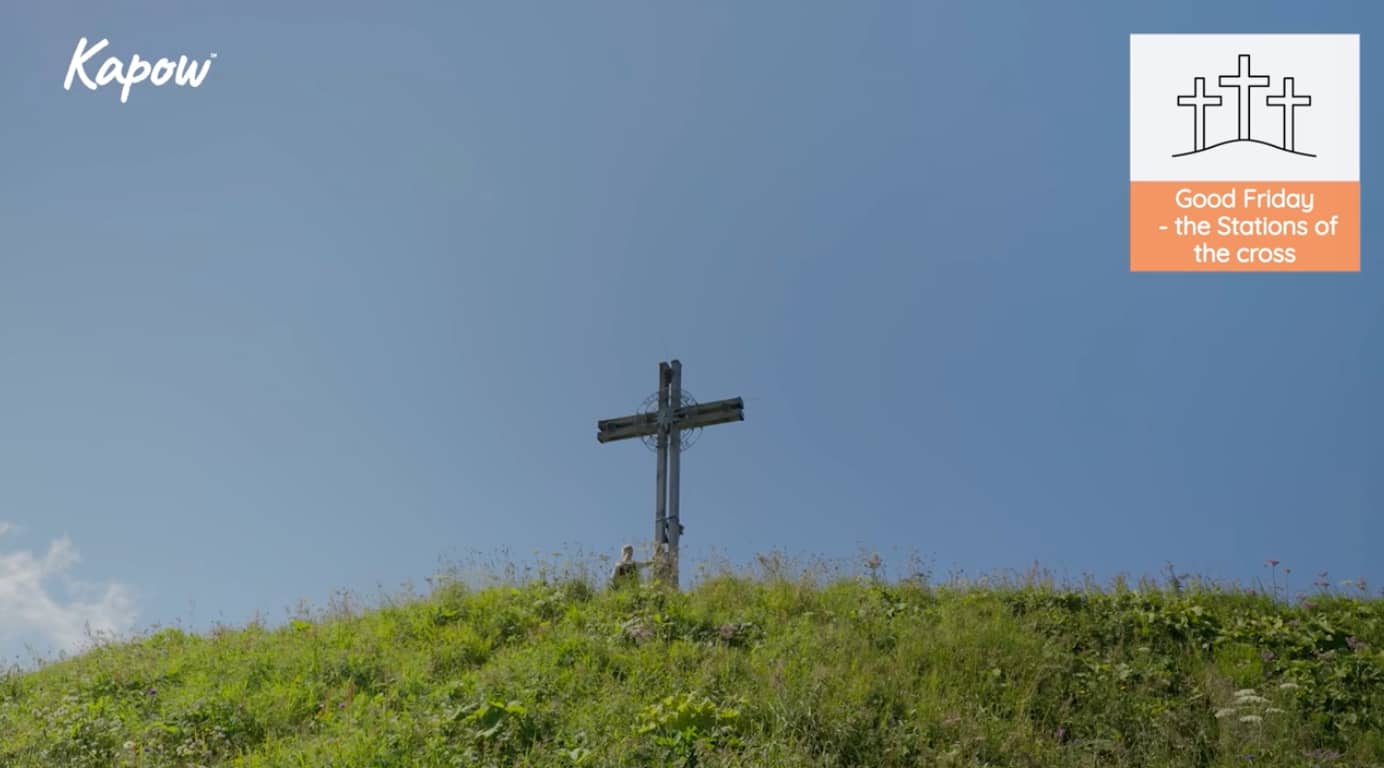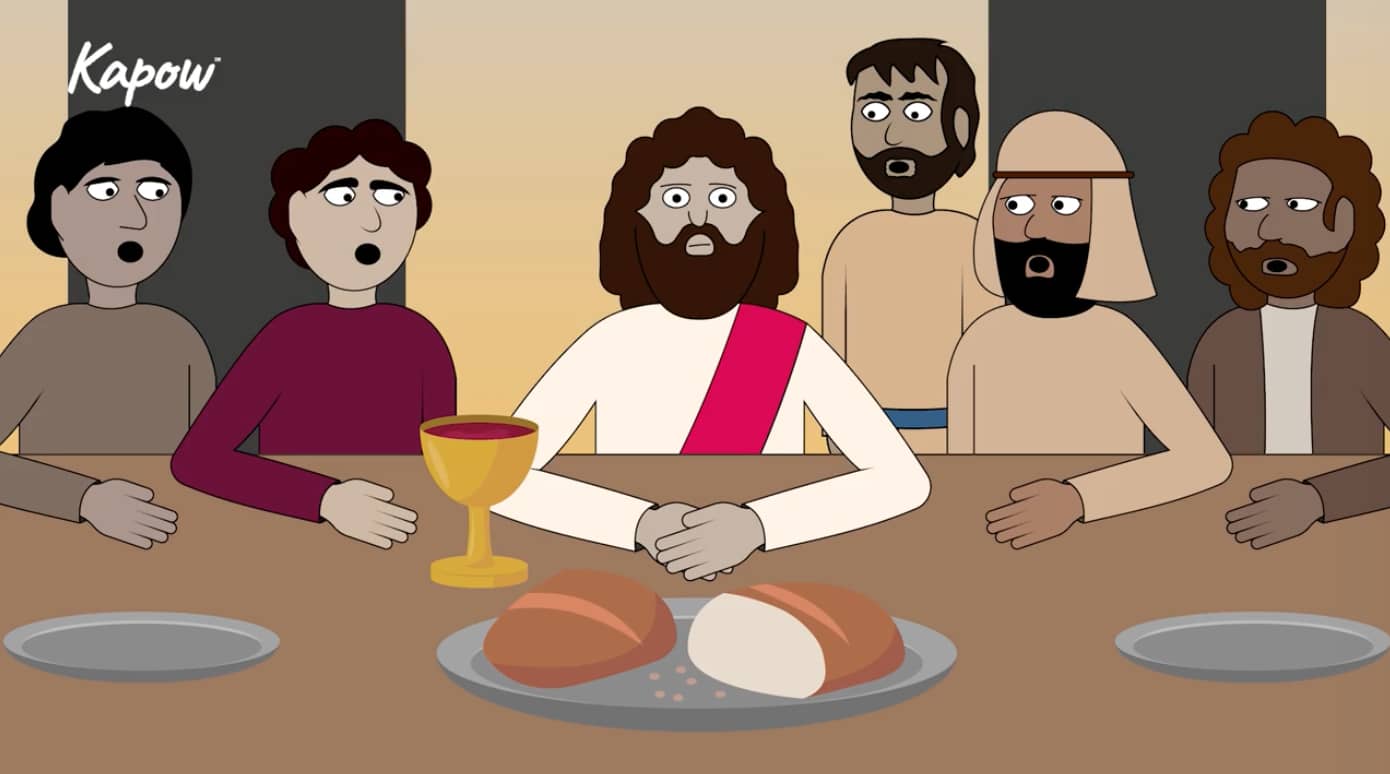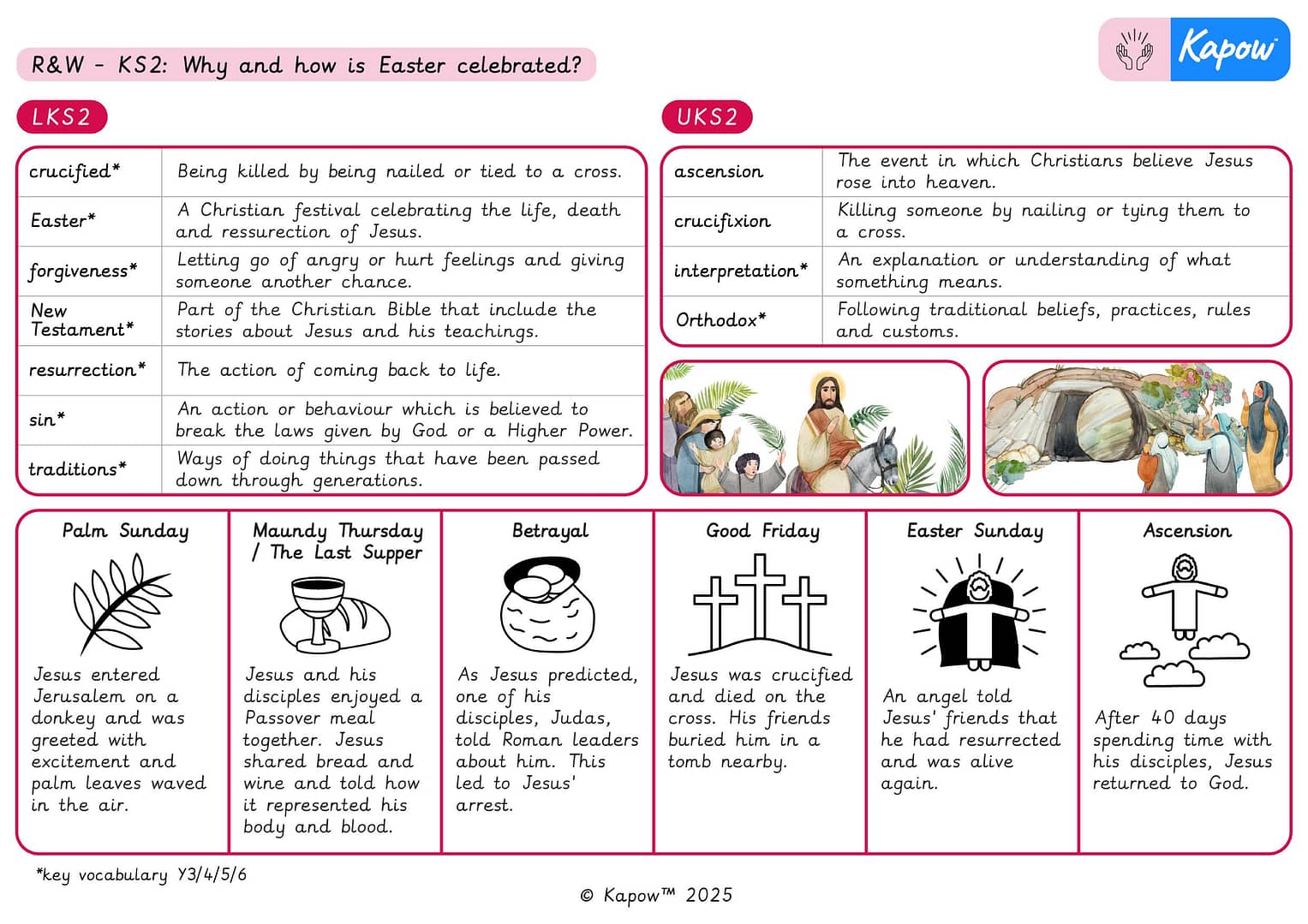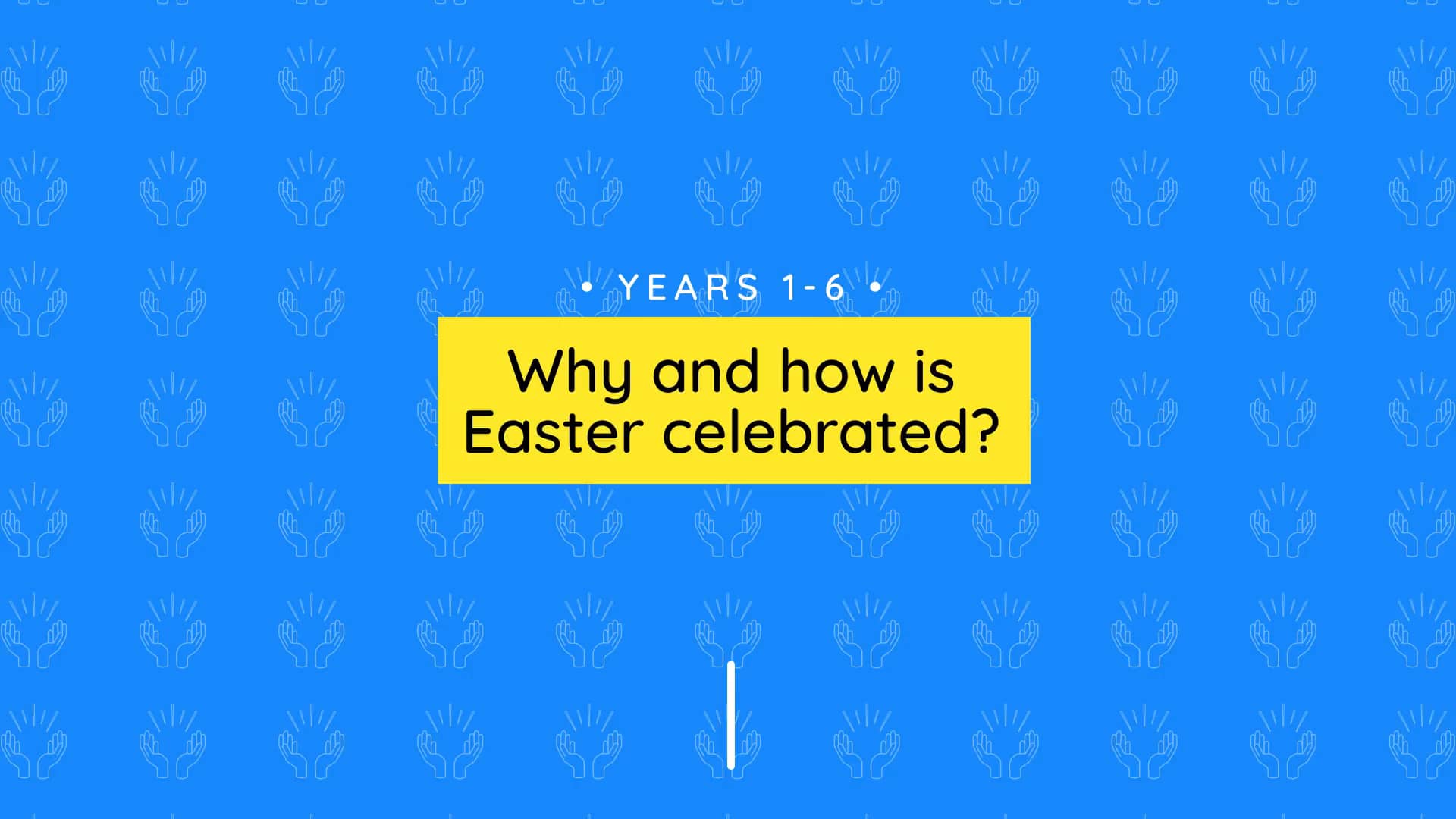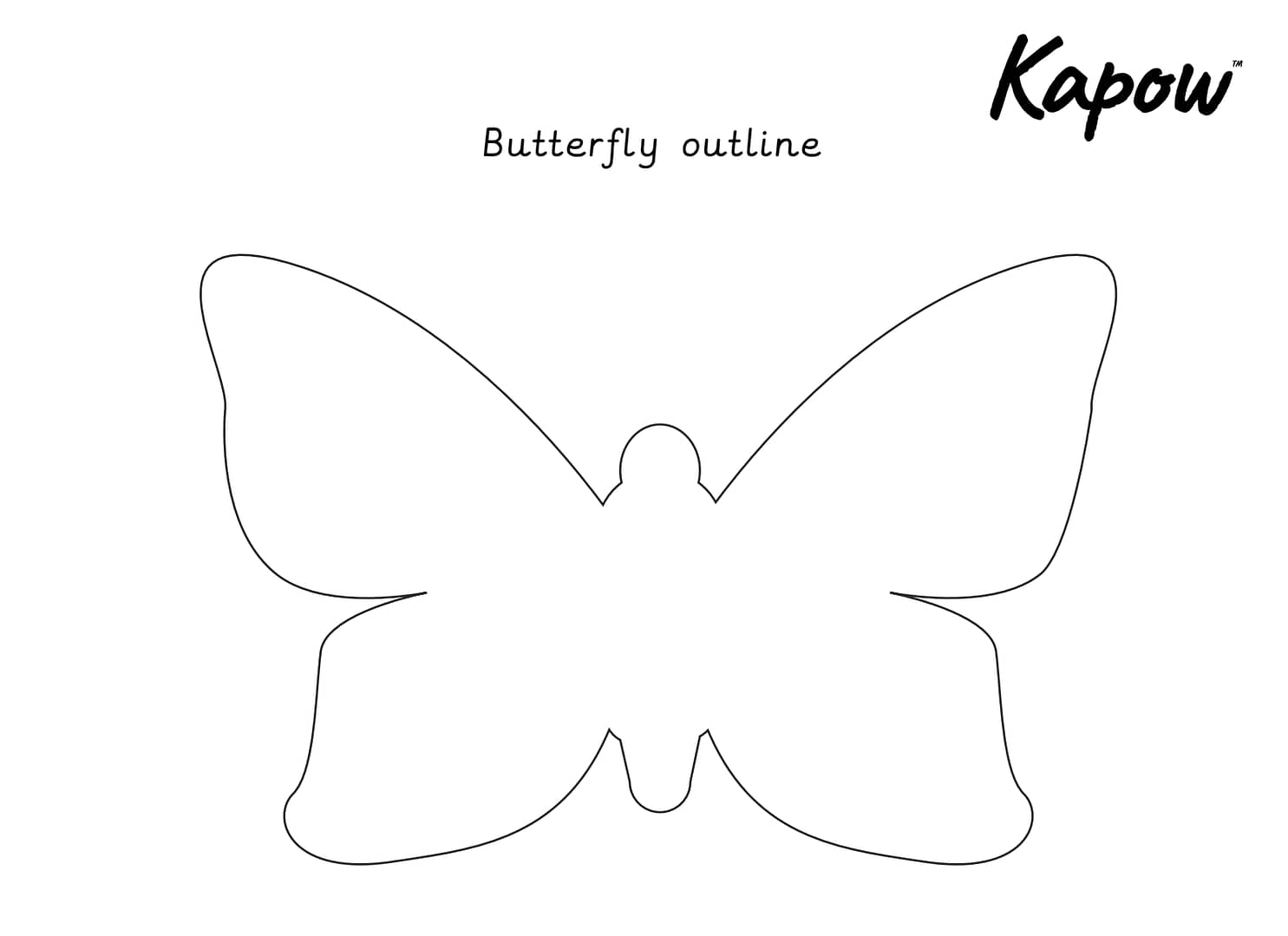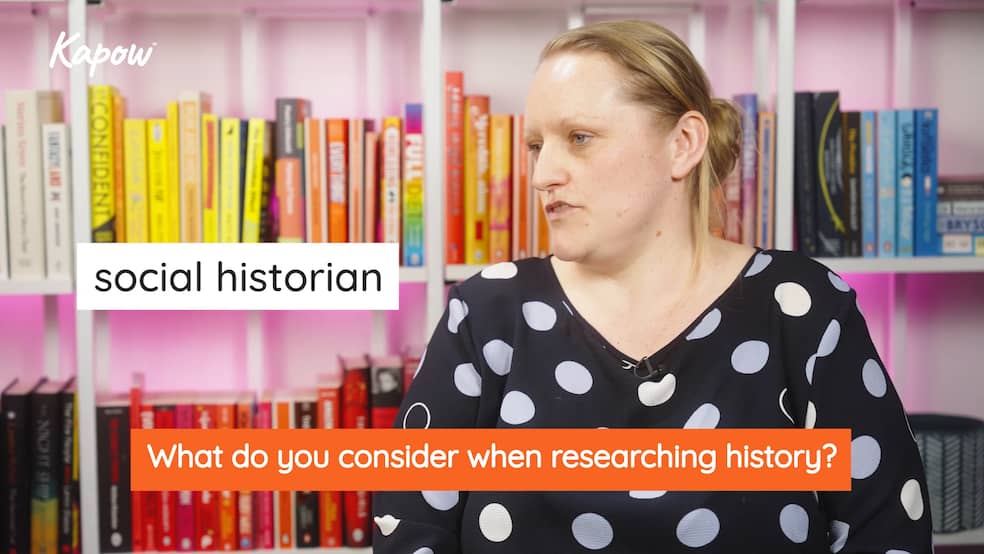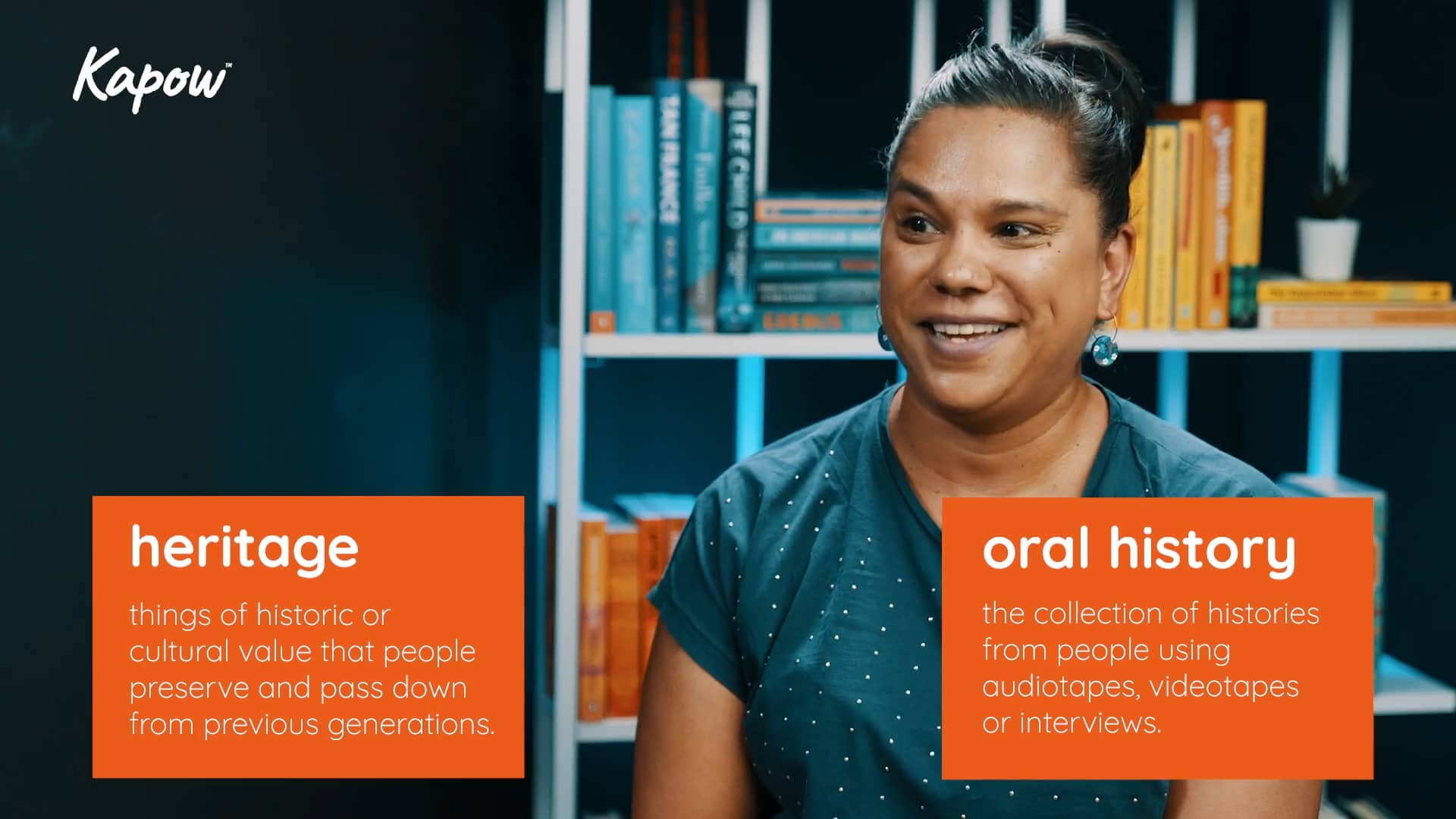This Religious Education video guides teachers through an additional unit designed for teaching in the lead-up to Easter, aimed at Years 1 to 6. The unit progressively builds children’s knowledge and understanding of why and how Easter is celebrated, offering a structured approach to exploring key themes and traditions.
The video outlines how children will engage with big questions about Easter through age-appropriate lessons. Key Stage 1 students will learn about the key events from the New Testament, reflecting on the significance of Easter in the Christian calendar. They will explore how the story of Jesus’ resurrection brings hope to many Christians.
In Lower Key Stage 2, the focus shifts to the themes of forgiveness and Jesus’ teachings, encouraging children to reflect on their relevance in daily life. They will also investigate Easter traditions from different cultures, emphasizing community and shared beliefs.
For Upper Key Stage 2, children will make connections between Jesus’ death, resurrection, and the concept of eternal life, exploring Easter’s symbolism and its role in Christian faith. The video explains key Holy Week events, including Palm Sunday, Maundy Thursday, Good Friday, and Easter Sunday, helping students understand their significance.
Beyond Christian perspectives, the unit also examines how Easter is celebrated globally, including both religious and non-religious traditions. It encourages children to approach the topic with a multidisciplinary lens, incorporating sociology, anthropology, and theology.
The video highlights the importance of sensitive discussions about death and resurrection, ensuring children can engage with these themes with compassion and critical thinking. Teachers are advised to address misconceptions, such as the idea that only Christians celebrate Easter or that all Christians believe in physical resurrection.
The unit provides teacher knowledge sections, focused questioning techniques, and strategies for managing sensitive discussions to support teachers. If difficult questions arise, the wonder box approach is suggested, allowing time for thoughtful responses.
This video is part of Kapow Primary’s Religious Education resources, offering structured guidance to help teachers feel confident in delivering engaging and meaningful lessons on Easter.

